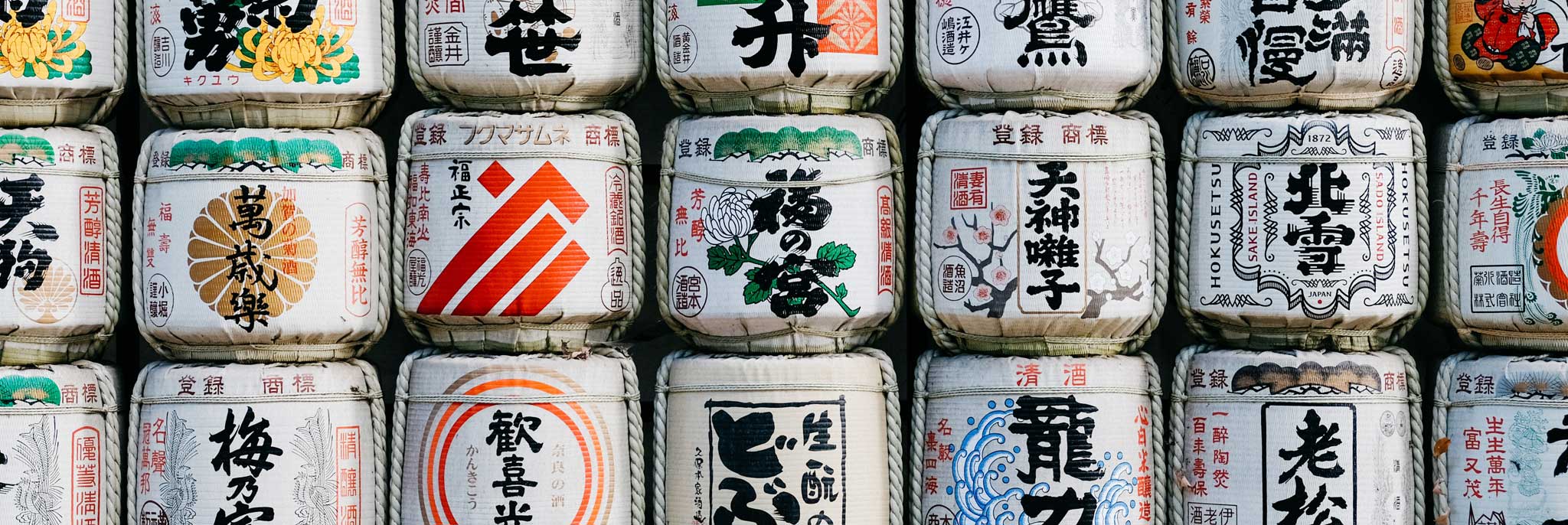Two kinds of quality
The Japanese language has two words to describe quality: atarimae hinshitsu and miryokuteki hinshitsu.
atarimae hinshitsu (当たり前品質)
A quality that is inherent to an object. Atarimae hinshitsu roughly translates as ”taken-for-granted quality”.
The idea that things should work as they are supposed to. There is an elegance of things working according to their function. For example, a pen should help you write, and a wall has a functional role in the house as a product. When something works according to its functionality, it meets the “atarimae” quality expectation. In this spirit, reliability and robustness should be a part of atarimae hinshitsu.
miryokuteki hinshitsu (魅力的品質)
A “charming”, “bewitching” or “enchanting quality.” This kind of quality appeals to a person’s aesthetic sense of beauty and elegance rather than to customer expectations and reliability.
The idea that things should have an aesthetic quality, different from “atarimae hinshitsu”. This disposition goes beyond functional requirements. e.g. a pen will write in a way that is pleasing to the writer, and leave behind ink pleasing to the reader. In the wall example, color, texture, shine, polish, etc., are the “miryokuteki” aspects. These aspects form an important part of the overall quality and bring added value to the product.
In goods or services design, atarimae hinshitsu and miryokuteki hinshitsu together ensure that a creation will both meet customers’ expectations and be desirable to have.
Quality1 reflects a philosophy, just as language does and it is no surprise that the Japanese see quality as a combination of function and form.
Source: Kevin Hale — How to Build Products Users Love
-
Wikipedia, “Eight dimensions of quality” https://en.wikipedia.org/wiki/Eight_dimensions_of_quality ↩
